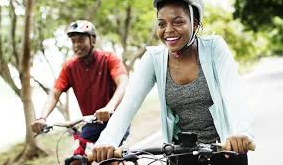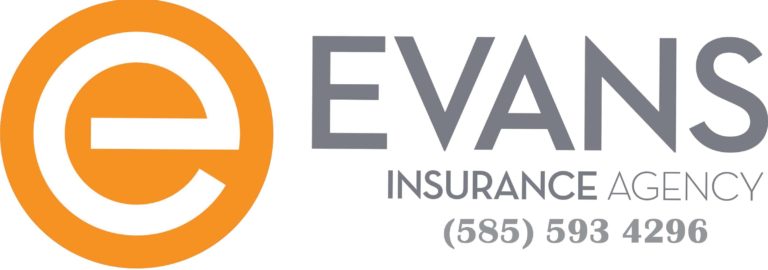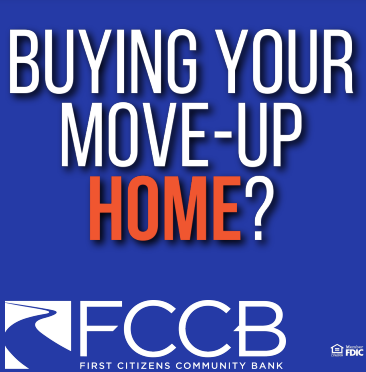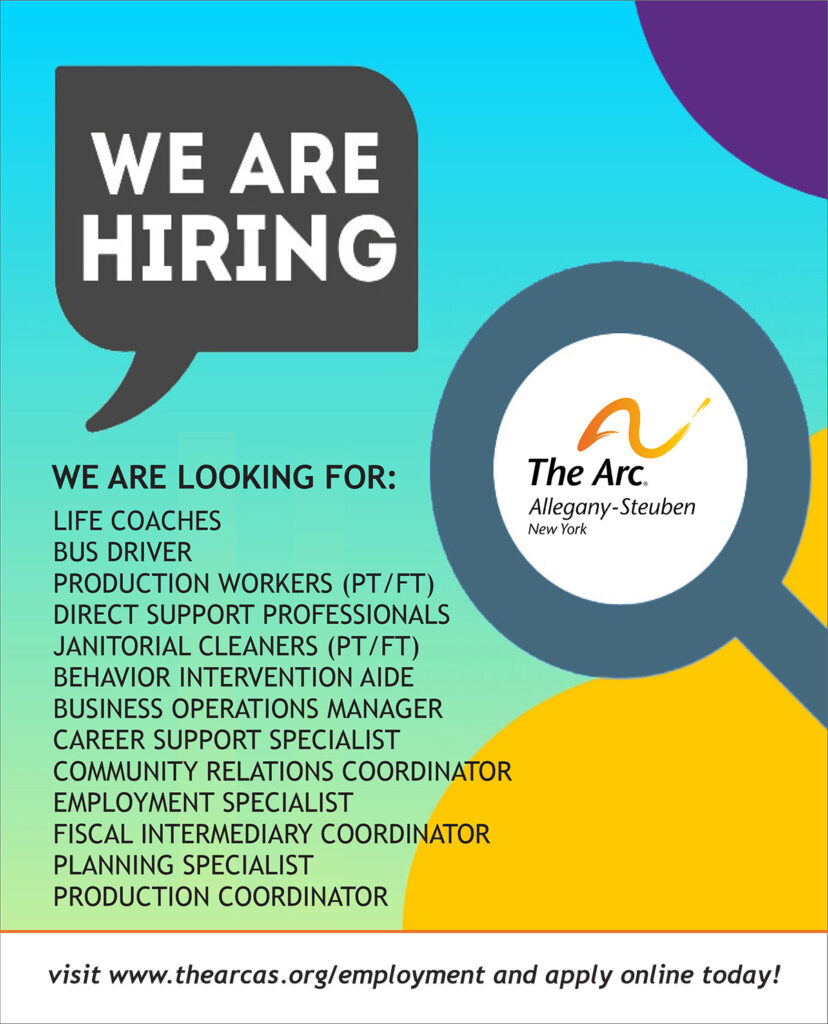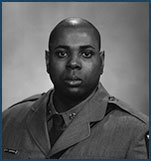Part 4 of a summer safety series
By Sandy Rigas
Along with wearing a properly fitted bike helmet when riding a bicycle, scooter, or skating, there are other important practices to consider that can help protect children (and adults) from injury.
First, just as a properly fitting helmet is important, a child’s bicycle also needs to be a good fit. If the bicycle is too tall for the child, it will be difficult to control. The child should be able to straddle the bike and stand with both feet flat on the ground. The seat may need to be adjusted. The bike should be given an overall inspection, making sure the tires, handlebars, and chain are in good order.
Second, the brakes need to be functioning properly and the child needs to be able to stop the bike by using the brakes.
Third, teach your child the three proper hand signals for left and right turns, and stopping. (Left: extend left arm horizontally. Right: extend right arm horizontally and bend up at the elbow. Stop: extend left arm horizontally and bend down at the elbow)
“Children should ride on sidewalks until they are at least 10 years old and are coordinated enough to understand hand signals and use them,” advises Johns Hopkins. “Also, children under 10 should not ride a bike at dusk or at night, on the street, as this is when most fatal bicycle accidents happen.”
Fourth, when riding in the street, children AND adults should be in a straight line, single file, near the curb, riding on the right side of the street WITH the traffic. If there are cars parked along the right side of the street, be alert for car doors opening into traffic lanes and cars moving out or into parking spaces and driveways.
Adult or child, if the bike is to be ridden in the street at dusk or after dark, it needs to have a headlight, taillight, and reflectors on both wheels, according to the NYS Department of Transportation. They note that the bike should also have a working horn or bell. The operator of the bike should have some sort of reflective clothing on, for better visibility to others.
The NYS DOT adds that children one to four years old, if riding as a passenger on a bicycle, need to wear a certified bicycle helmet, properly fitted, and ride on the back of the bicycle in a child bicycle safety seat. Children under the age of 12 months are prohibited from riding as a bicycle passenger.
Next, it is important that children learn to sit properly on the bike seat, keeping feet on the pedals, and always have at least one hand on the wheel. Passengers (unless riding on the back in an approved child safety seat) are not allowed on the handlebars or behind the operator of the bike. Shoelaces and pant legs should be checked to make sure they are not dragging and able to get caught in the chain.
Moving onto Scooters and Skates: The National Institute of Health (NIH) recommends the same precautions and practices as for bicycling. In addition to helmets (which, again, are mandated by NYS law for children under 14) use of elbow and knee pads are known to prevent injuries. Scooters and skates should not be used after dark. Operators of scooters and skates need to follow the same rules as motor vehicles and bicycles: ride on the right side of the road, with the traffic, be mindful of car doors opening, and obey stop signs and traffic lights.
Last, a few words about electric assisted bicycles and scooters. “These are permitted on the roads BUT the operators are required to have a helmet and obey all of the traffic laws that motor vehicles are required to follow,” notes Wellsville Village Police Chief Tim O’Grady. “Like traditional bicycles, scooters, skates, and skateboards, electric assisted bikes and scooters are prohibited from riding on the sidewalk in the Main Street business district.”
Chief O’Grady adds, “Gasoline motor assisted bicycles are NOT legal to ride on the road in New York State, including Wellsville. A gasoline motor assisted bicycle does not qualify for a registration as a motorcycle, moped or ATV and does not have the same equipment. If you operate one of these on the road, you may receive traffic tickets.”
A final note: Everyone, pedestrians and operators of all wheeled vehicles, should remember always to “Look Left/Right/Left” before venturing out into traffic, the NYS DOT recommends. Let’s all keep each other safe while enjoying summer!


